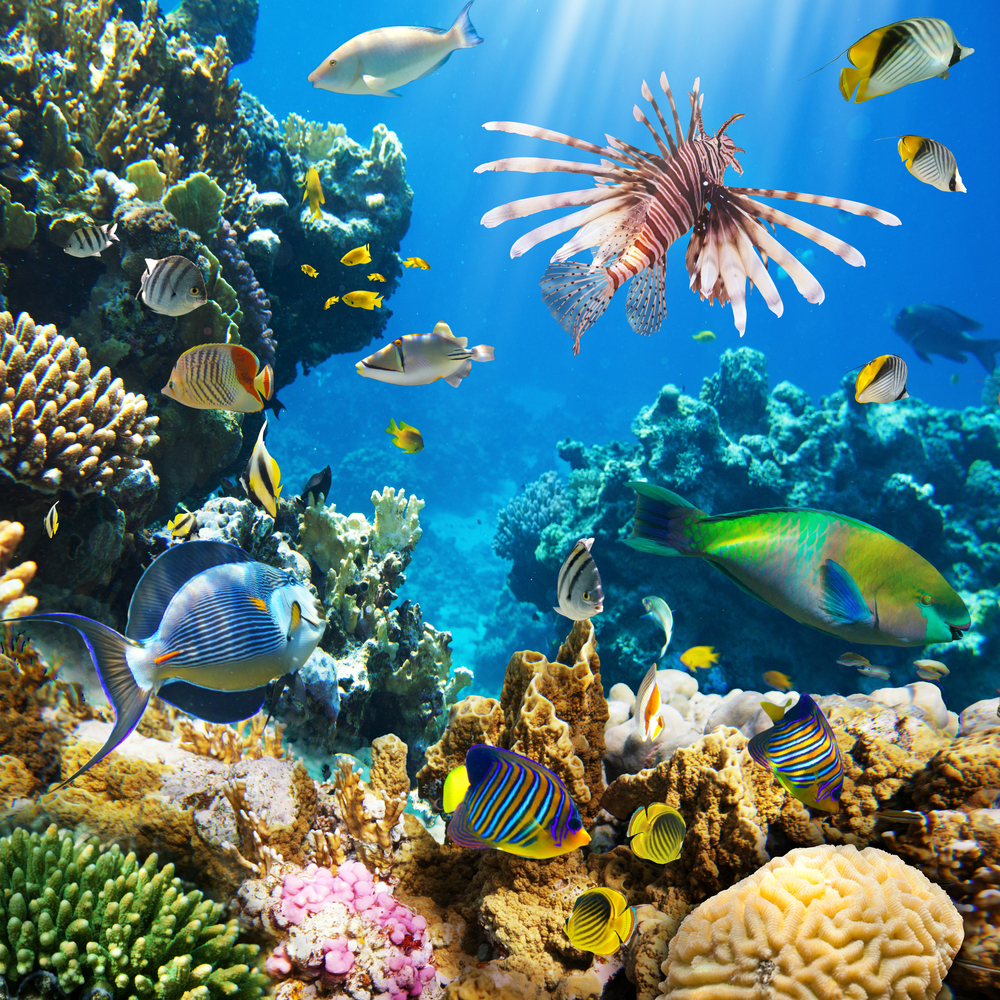-
CAN LIFE UNDERWATER BE SAVED WITH A CAMERA?
- Posted onVine Vera Singapore
- in Travel to Singapore
- onFebruary 9, 2016
- No Comments.

Brian Skerry, who started his career as a marine life photographer at the National Geographic, made many lasting documentaries on the beautiful creatures underwater. The gentle, soft and graceful movements of corals and manatees fascinated him most.
But to his great disappointment, he sensed a great threat to these creatures as the underwater world lost its beauty gradually. He saw it firsthand how sea water pollution, climate change and aggressive fishing impacted the world under the oceans.
FOCUSED ON PROBLEM PICTURES
He decided to fight against the degradation of life underwater using his camera as his main weapon. In an interview the popular photojournalist said, “Nature photography always depicts the beauty of nature, but we have no idea about what dangers they will face.” He started focusing more on the “problem pictures” with a view to enlighten people about the dangers the ocean life is undergoing.
“Nature photography captures the beauty of nature in its different facets and shades at different times. That’s what it makes unique! However, there is a problem which we never expect to see. So, I’ve decided to offer both the beauty of nature and the problems of nature,” says the world-renowned nature photographer.
People will come to know about it when they see the images so that they could raise their voice against the danger the beauty of nature and its creatures are facing.
MADE THEM SUGGESTIVE
His signature photograph depicts a dead thresher shark caught in a gill net with its fins stretching sideways suggesting crucifixion. Brian wants to use his camera as weapon to fight against overfishing and climate change. Brian Skerry, father of two daughters lives with his family in the U.S.
“It’s essential to see both the side of the coin,” he says, “the beauty of nature on one side and the problems on the other.” He gave an interview with the Straits Times recently when he came to Singapore for delivering a keynote speech on marine life protection, and he shared his plans and his experiences underwater.
SPENT TIME WITH THEM TO KNOW BETTER
He has spent more than 10,000 hours underwater in his three-decade long career as a marine life photographer which he started his as a shipwreck photographer.
He finds the work of protecting the marine life as an uphill task with many challenges. But he is optimistic that he can spread the message effectively with his photographs. He knows the human psychology well and says that people respond immediately when they are touched by a visual.
People have always wanted to preserve the most important moments of their lives in photographs whether they are happy or sorrowful. He said the pictures of man landing on the moon and the horrible killings of people at Tiananmen Square in China and John F Kennedy’s assassination.
IT WORKED WELL
His work paid him dividends and immediate results though it is very challenging as he has to spend his time underwater, spending his time amid sharks one day and hard seals on the other. When he published his coverage on the North Atlantic right whale, an endangered species, in 2008, the US government immediately made laws for the protection of the whales. Certain precautions like slowing down the ship traffic where mothers and calves live so that they are not affected by the moving ships. His work at National Geographic has played a key role in this regard.
He strongly believes that the work of the photojournalists is to take great photos and keep them before people and looking at them people would change their behavior. Unfortunately, many people have not realized that overfishing is very harmful to the life underwater. He says seafood today is one of the biggest wildlife harvest in the world and what causes greatest concern is that it is done in the most unsustainable ways.
If you enjoyed this article please consider sharing it!




